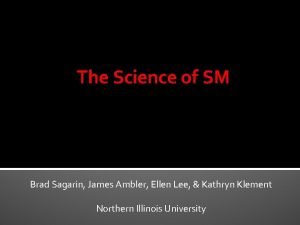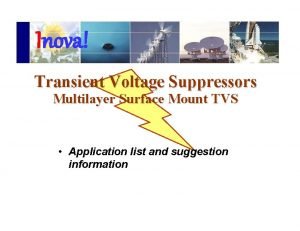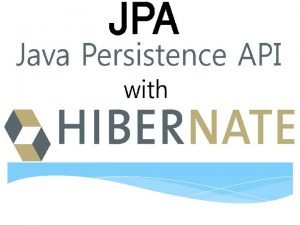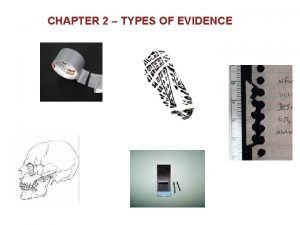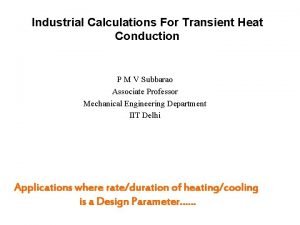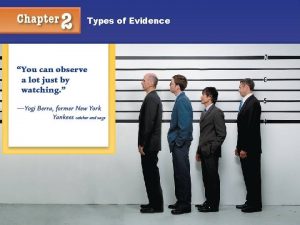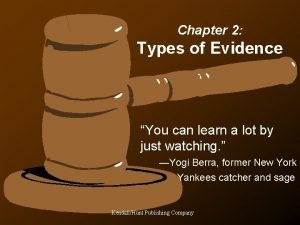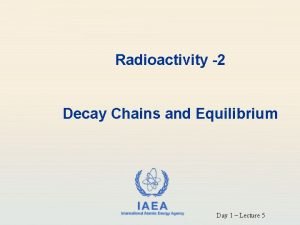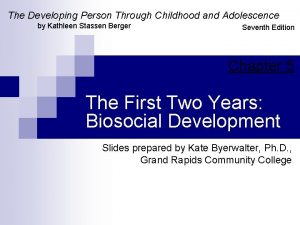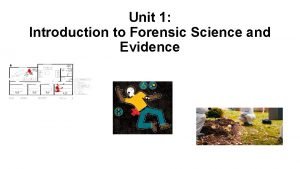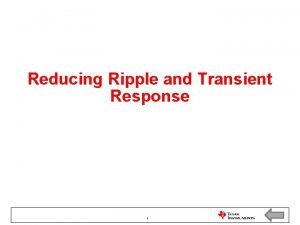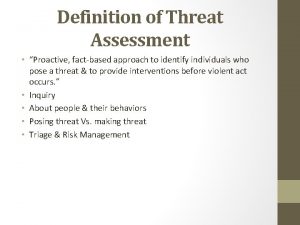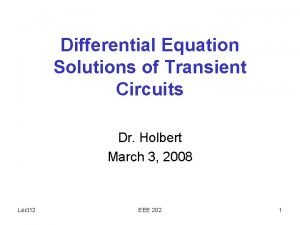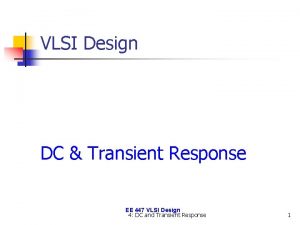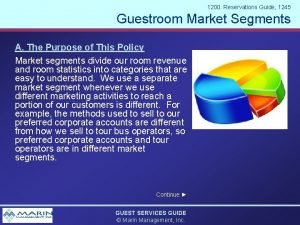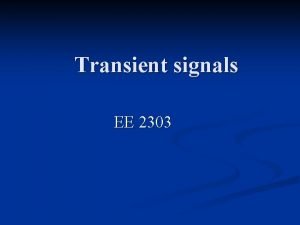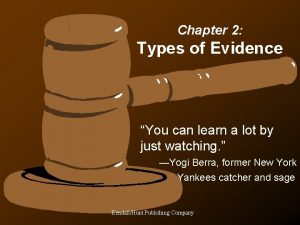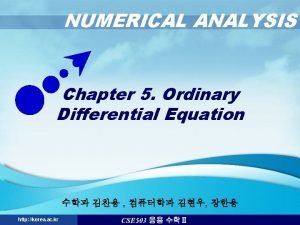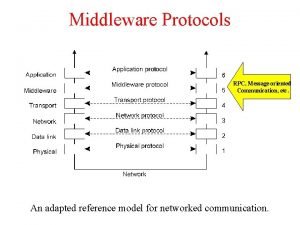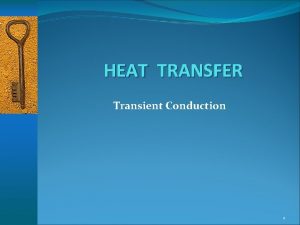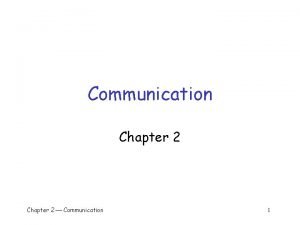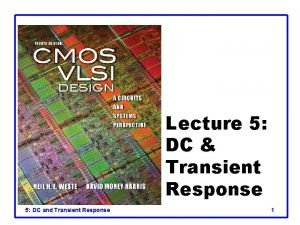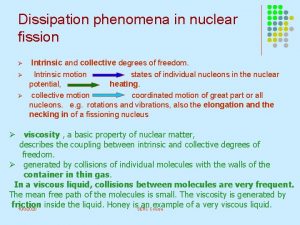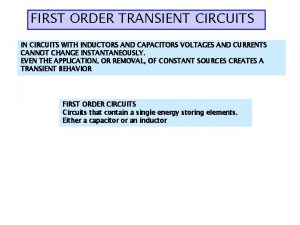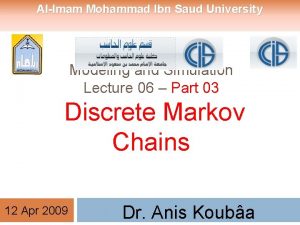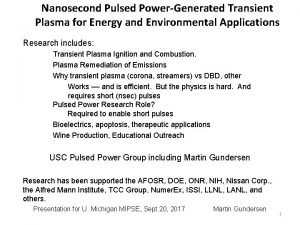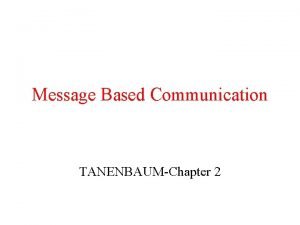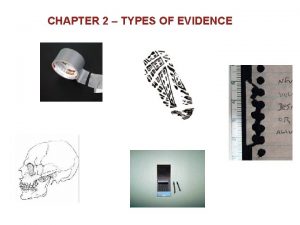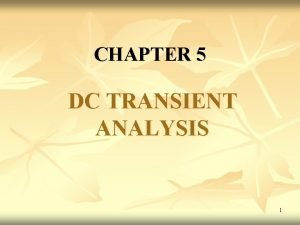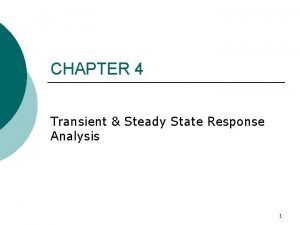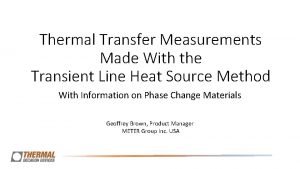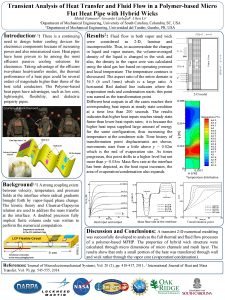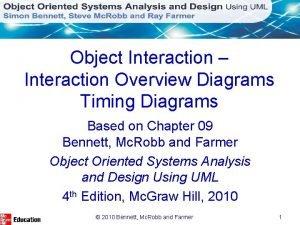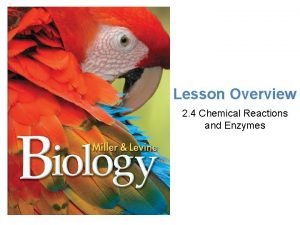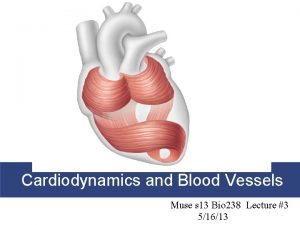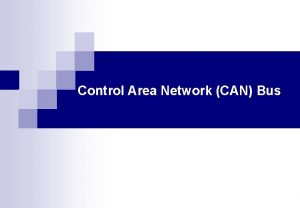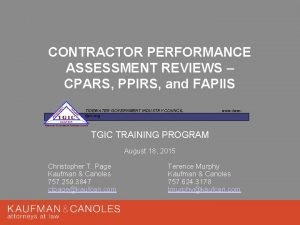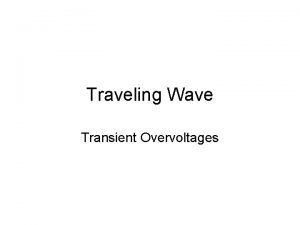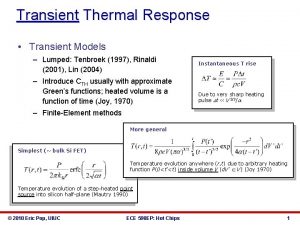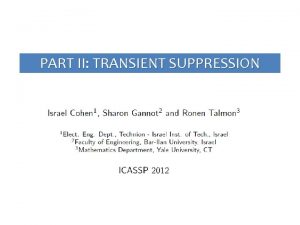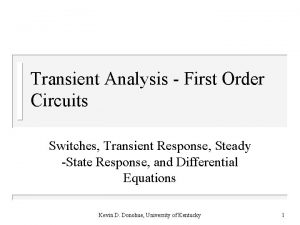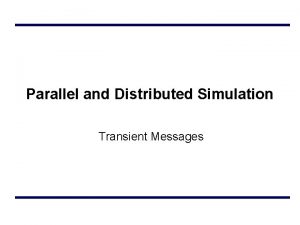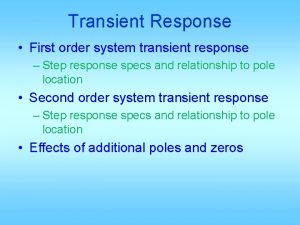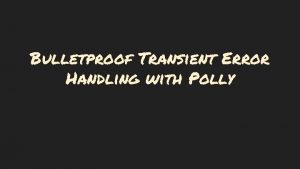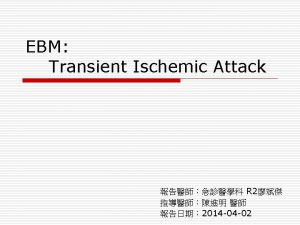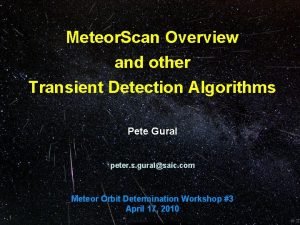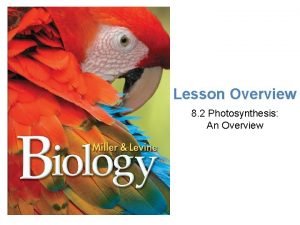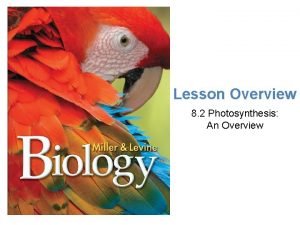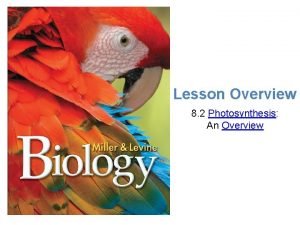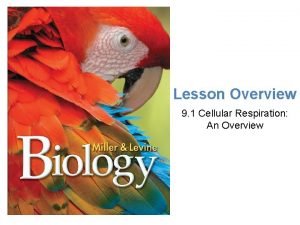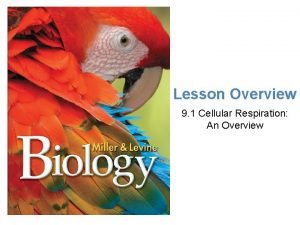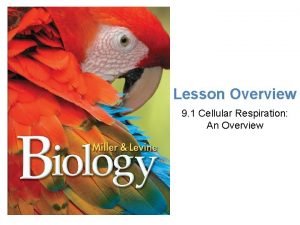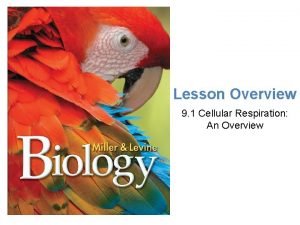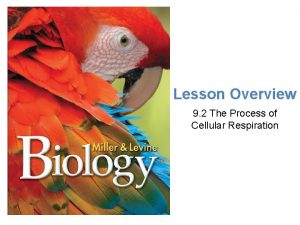2 D Transient Overview 2 D Transient w












































- Slides: 44

2 D Transient Overview

2 D Transient w w w w 2 Introduction and Theory Source Types Source Waveforms Time-varying materials Solution Setup Mechanical Setup Results General Suggestions

Introduction to 2 D Transient w w w 3 Transient “time-stepping” or “time-domain” solver Coupled FEA with external circuits and motion equations Allows non-sinusoidal current or voltage excitation Allows rotational or translational motion Links with external user control program Comprehensive results

Application Examples w w w 4 Motors/ Generators (RMxprt) Variable Reluctance Sensors Eddy Current Braking Frictionless Bearings/Actuation Inductors/Transformers Solenoids

Fully Coupled Dynamic Physics Solution Time-varying Electric and Magnetic Fields Current Source Density Electric Scalar Potential Magnetic Vector Potential 5 Velocity Permanent Magnet

Types of Induced Eddy Currents w w 6 Within source conductors (skin effect) Resulting from a stationary AC field diffusing into a nearby conductor (proximity effect) Resulting from the motion of a DC source, such as a magnet, near a conductor (proximity effect) A combination of all three above (the most complex)

Magnetic Field Diffusion w Magnetic fields “diffuse” into materials at different rates depending on: w w 7 Material properties of the component Physical size of the component w For a cylindrical conductor, diffusion time is: w Induced eddy currents always occur in conducting objects due to time-varying fields; however, they may not always be significant

Time varying Input Parameters w w w 8 Conductor Sources Load Conditions Electrical Parameters and Components Mechanical Parameters and Components Linear Material Properties

Freely Defined Behavior w w Constants Functions (Expressions) w w 9 Numeric Algebraic Trigonometric Input Data File (Piecewise linear)

Meshing for Rotational Motion w “Moving Surface” method used Stationary part Master moving surface 7 7' 5 6 6' 5' 3 4 4' 3' 2 2' 1 1' Slave moving surface Moving part(s) 10

Meshing for Rotational Motion Rotor Stator Band 11 Air gap

Meshing for Translational Motion w “Moving Band” method used w w Re-mesh band area at each time step Stationary region and moving part(s) are not re-meshed Stationary region Band Moving part(s) 12

Comprehensive Results w Solution Parameters vs. Time w w Field Evaluations at an Instant of Time w w 13 Back EMF, Flux Linkage, Power Loss, Terminal Voltage, Winding Current Force, Torque, Position, Speed Error Single instant Numerous field solutions can be viewed at a user defined interval

Additional Key Features w w 14 Solution Pause/ Re-Start Feature Refresh Solution Parameters

Comparison of 2 D Products w Electrostatic, Magnetostatic, Eddy Current w w Equivalent Circuit Generator w w w Series of DC solutions at instants (or snap-shots) in time Partially dynamic solution Concentrates on saturation and back-emf effects Can evaluate design alternatives with parametrics No time-induced field effects are considered! 2 D Transient w 15 Steady State Solvers (DC and frequency domain) Completely dynamic solution (time domain)

Types of Sources - Overview w w Current, voltage, and external sources are available Two conductor types: w w 16 Solid - eddy currents Stranded - no eddy currents considered

Types of Sources Note: for stranded conductors w Need to select both Go and Return objects together w Need to define “winding setup” as the total phase winding seen from the terminals 17

Solid Current or Voltage Source w w 18 A solid current source (total Amps only) can be functional or constant A solid voltage source (total Volts only) is assumed to be the total voltage drop over the length of a conductor. Voltage drops can be functional or constant; however, the potential is constant over the entire cross-section of the conductor

Stranded Current Source Winding Setup w w w 19 Specify polarity of each object as positive, negative, or function Specify total turns as seen from terminal Specify number of parallel branches as seen from terminal

Stranded Voltage Source Winding Setup w w 20 Specify polarity of each object as positive, negative, or function. A function will be used for brush type motors to handle commutation. The value of polarity is either 1 or -1. In general df = f (T, S, P) Make the polarity index, df, a function of position (0, 360 deg). Whenever a coil passes over a stationary brush, the change of its polarity is used to indicate the transition from one coil group to the other Use commutation interval to represent the actual brush size Use different transition curves to describe different commutation processes

Stranded Voltage Source Terminal Attributes w w w w Initial Current: used if motor is running at t=0 Resistance: DC resistance of the winding or additional external resistance, f (S, T, P) Inductance: End turn or additional external inductance, f (S, T, P) Capacitance: External capacitance, such as a starting capacitor in a single phase induction motor used to change capacitance as a function of speed, time, or position Y-connect: Used for three phase machines to indicate that the windings are Y-connected and have NO neutral return (Ia + Ib + Ic = 0) Specify total turns as seen from terminal Specify number of parallel branches as seen from terminal NOTE: R, L, and C are assumed to be connected in SERIES at end of the terminal 21

External Connection w w w 22 Choose External Connection Can be either solid or stranded Value field is not active. The value will be determined by the external circuit.

External Connection Winding Setup w 23 For winding setup specify: w Polarity w Initial Current w Total Turns and the number of Parallel Branches

External Connection w Windings are represented in the Schematic Editor as a 1 H inductor The dot represents the positive terminal 24

External Connection w To complete the winding definition, you need to add the DC resistance and any end leakage inductance or line inductance. This inductor represents the end turn leakage inductance of the entire B phase winding. 25 This is the DC resistance of the entire B phase winding. This inductor is automatically included. It represents the B phase winding in the FEA model; the value of 1 H is neglected.

Create Custom Drive Circuit! Freewheeling Diode A Phase Winding Current and Voltage Probes B Phase Winding Diode and Switch combination acting as a transistor Position dependent sources to toggle switches S 1 -S 8 Elements: R, L, C, Diode, and Switches (V & I) 3 Diode types: Default, Rectify, Freewheel Sources: V & I as a function of Time, Speed, or Position 26

External Circuit Position Dependent Source Voltage One Voltage Pulse 44. 9 1. 0 22. 45 45 0. 1 When you exit the Schematic Editor - indicate Time, Position, or Speed Dependent 27 Mechanical Degrees 0. 1 These values represent position in mechanical degrees, even though labeled as [s]

Source End Connections w w w Multiple objects must be selected Used primarily for passive conductors (with no source current assigned) such as squirrel cage induction machines to indicate that the group of objects selected are connected together The resistance and inductance between selected objects is specified with following assumptions: 1. 2. 3. 28 The connections are periodic There are no breaks in the end ring These values are constant only

Source Waveforms Overview 2 D Transient Excitation Waveforms w Static DC Current w Steady State Sinusoid w Steady State Square Wave w Steady State Triangle Wave w Composite w PWM Waveform w Arbitrary Piecewise Linear Table 29

Source Waveforms 30 DC Pulse Sinusoidal Square Wave Triangle Wave

Source Waveforms Composite Waveform PWM Arbitrary 31

Functional Source Summary w w w 32 Current and voltage sources (solid or stranded) can be constant or functions of time, position, or speed Auxiliary and Main winding can be a function of time, a good choice for single and multi-phase machines. For DC machines, it’s often better to use sources as a function of position. Here a new expression in the function evaluator is used: pwlx

Time-varying materials Functional conductivity based on speed 33

Time-varying materials T - Time (seconds) P - Position (degrees) S - Speed (rpm or deg/sec) w w 34 Bar_Cond: conductivity changes as a function of speed. In the locked rotor case where the motor usually runs a little warmer, �= 2. 68 e 7 (S/m) and increases linearly until rated speed (3600 rpm) where its value is 2. 96 e 7 (S/m). Single_Bar: Here the conductivity switches from 2. 68 e 7 to zero (S/m) to simulate a broken rotor bar at 0. 1 seconds.

Summary of Functional Variables Source variables Solid Conductor Variables The following range of functional source variables are available for their respective conductors: The following range of functional variables are available for solid conductors: Perfect Conductor Total current source Func(p, s, t) Conductivity Func(x, y, p, t) Solid Conductor Current Source Voltage Source Func(p, s, t) End Resistance Must be constant Stranded Conductor Current Density Current Source Voltage Source Func(x, y, p, t) Func(p, s, t) End Inductance Must be constant Winding Variables 35 Mechanical Transient Variables The following range of functional variables are available for windings: The following functional variables are available for mechanical transient setups: Polarity Func( p, s, t) Speed Func(p, s, t) Resistance Func(p, s, t) Load Func(p, s, t) Inductance Func(p, s, t) Friction Func(p, s, t) Capacitance Func(p, s, t)

Setup Solution Options w w w w w 36 MUST manually create a mesh No remeshing for entire solution Stop and Restart capability Fixed time step is typically 20 -50 steps per electrical cycle Adaptive time step needs an initial, maximum, and minimum timestep Specify save fields time step by clicking on Setup… Model depth (in user units) Symmetry multiplier for periodic models (quarter model uses 4) Identify custom User Control Program Identify post processing macros Output energy error is desired

Setup Solution Motion Setup w Three types of Objects: 1. 2. 3. w w 37 Stationary Band Moving Set Band: all objects inside of Band object are automatically chosen and are assumed to be moving together Select type of Motion, center of rotation, limits, and initial position.

Mechanical Setup w w Check “consider mechanical transient” unless objects are stationary or have constant speed Set units of speed. If degrees/sec is selected, then all functions set previously that depend on speed will be in deg/sec. The other option is rpm. Enter moment of inertia (for rotational motion) or mass (for translational motion) When performing a mechanical transient simulation, damping and load torque (or load force) can be a function of f (T, S, P). Note: While inertia is automatically calculated by the simulation, gravity must be separately entered as a load torque or load force 38

Functional Mech Examples T(N-m) 39 Load Torque

2 D Transient Results w w w 40 Transient plots can be viewed by selecting Solutions/ Transient Data Fields can be viewed at a particular time step by selecting Post Process/ Fields. . . Transient plots can be opened, modified, and combined by selecting Post Process/ Transient Data. . .

Transient plot 41

Field plot from Post Processor 42

Combined transient plot 43

General Suggestions w Manual Mesh - transient solution relies on the creation of a ‘sound’ manual mesh w w w Time Step w w w Each problem will have an ‘optimum’ step User must experiment to get suitable value Large Motion w w 44 Distribution should be as even as possible Total number of elements should be adequate Re-meshing inside “band” required with linear motion Mesh density inside “band” must be fine
 Wound care study days
Wound care study days Transient hypofrontality
Transient hypofrontality Surface mount transient voltage suppressor
Surface mount transient voltage suppressor @transient in jpa
@transient in jpa Example of conditional evidence
Example of conditional evidence Radial heat conduction
Radial heat conduction Conditional evidence examples
Conditional evidence examples Transient evidence examples
Transient evidence examples Secular equilibrium
Secular equilibrium The developing person through childhood and adolescence
The developing person through childhood and adolescence Forensic entomology does not include _____.
Forensic entomology does not include _____. Ripple transient
Ripple transient Transient threat definition
Transient threat definition Natural solution
Natural solution Transient response in vlsi
Transient response in vlsi Transient market segment
Transient market segment Calculating overshoot
Calculating overshoot Transitional signals
Transitional signals Example of conditional evidence
Example of conditional evidence Kutta
Kutta Middleware protocols
Middleware protocols 5'0 in cm
5'0 in cm Who
Who Transient synchronous communication
Transient synchronous communication Transient tic disorder
Transient tic disorder Rw + vo c inverter transient response vod inverte...
Rw + vo c inverter transient response vod inverte... Transient time
Transient time First order transient circuit
First order transient circuit Alimam
Alimam Transient plasma systems
Transient plasma systems Mpi persistent communication
Mpi persistent communication Classification of evidence
Classification of evidence Dc transient analysis
Dc transient analysis Transient response of first order system
Transient response of first order system Transient line source analyser
Transient line source analyser Transient analysis thermodynamics
Transient analysis thermodynamics Interaction overview diagram
Interaction overview diagram Eskom overview
Eskom overview Marcus scheuren
Marcus scheuren Overview chemical bonds
Overview chemical bonds Overview of the major systemic arteries
Overview of the major systemic arteries Can bus overview
Can bus overview Ppirs fapiis
Ppirs fapiis Css basic tags
Css basic tags Apple industry overview
Apple industry overview

